Ready to help treat your pet to a healthy life?
Long Hair, Short Hair, or No Hair? A Guide on Cat Fur Length
By : Brianna Gunter | Updated Nov 8, 2024
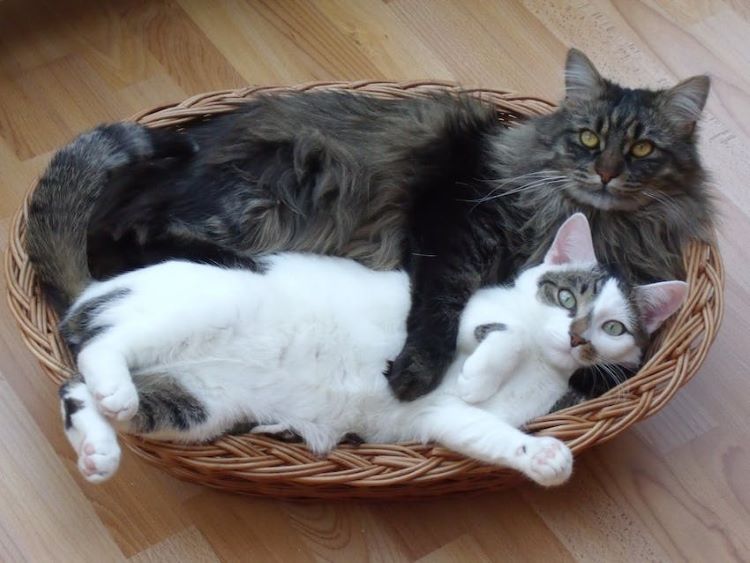
Congratulations on deciding to get a cat! Now that you’re set on adding one of these playful creatures to your family, it’s time to consider what kind of feline will fit best with your lifestyle. While size and personality are definitely important considerations, one of the first things you’ll need to decide is how much cat fur you’re willing to deal with.
That’s right — we’re talking about long-haired cats vs. short-haired cats vs. hairless kitties and everything in between. Less fur doesn’t always mean less maintenance, so it’s important to get to know the different types of cat hair and the pros and cons that come with them.
Not sure where to start? We’ve got you covered. Let this be your guide to cat fur length.
4 types of cat fur lengths
There are many different subtypes of cat fur (such as curly). Generally speaking, however, they all fall into four different lengths:
1. Long hair
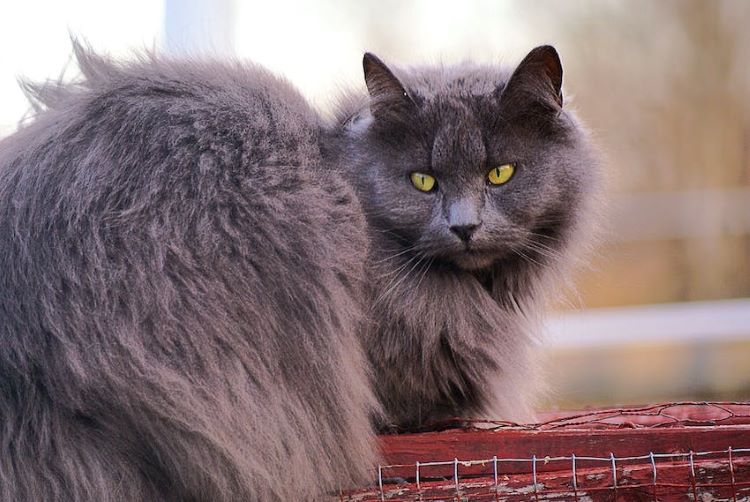
You probably know these kitties when you see them. These often-fluffy felines have long hair all over their bodies, with shorter fur on their faces and paws. Examples of long-haired cats include the Maine Coon, the Norwegian Forest Cat, and the Himalayan cat.
Cats are famously clean creatures who self-groom. But long-haired kitties may need some extra help. Grooming a long-haired cat requires regular brushing, ideally daily, to prevent mats and tangles in their fur. Use a wide-toothed comb or de-shedding tool to gently work through knots, especially around the neck, belly, and underarms. Bathing should be infrequent but done with pet-safe shampoo when necessary.
2. Medium hair
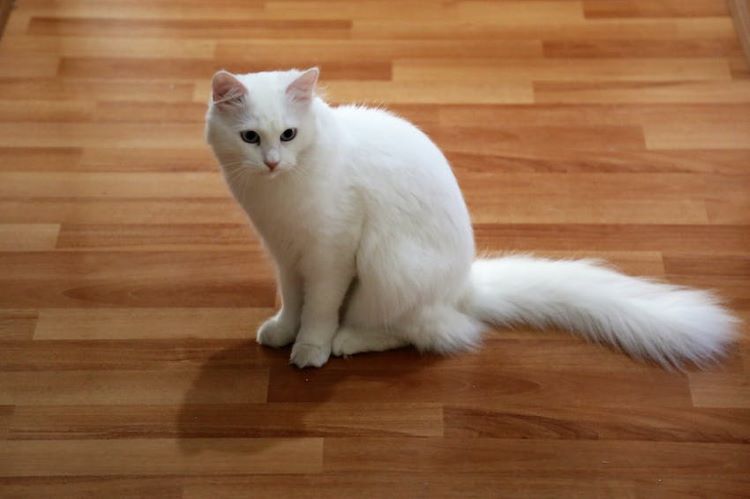
Domestic cats are often divided into just long hair and short hair, but there is a middle category that has gained recognition in recent years. The medium hair cat (also known as the semi-long-hair cat) appears to be a cross between its long-haired and short-haired counterparts, with a noticeable combination of fur lengths around its body. Long fur appears most prominently on the medium hair cat’s chest, neck scruff and tail, though there are many possible variations.
Examples of medium-haired cat breeds include the ragdoll, the ragamuffin, and the Birman. A lot of mixed-breed kitties have medium-fur lengths as well.
Like their longer-haired counterparts, medium hair felines will need some assistance with grooming from time to time. Depending on your cat's different fur length growth patterns, you may want to keep both a wide-toothed comb and a regular comb on hand.
3. Short hair
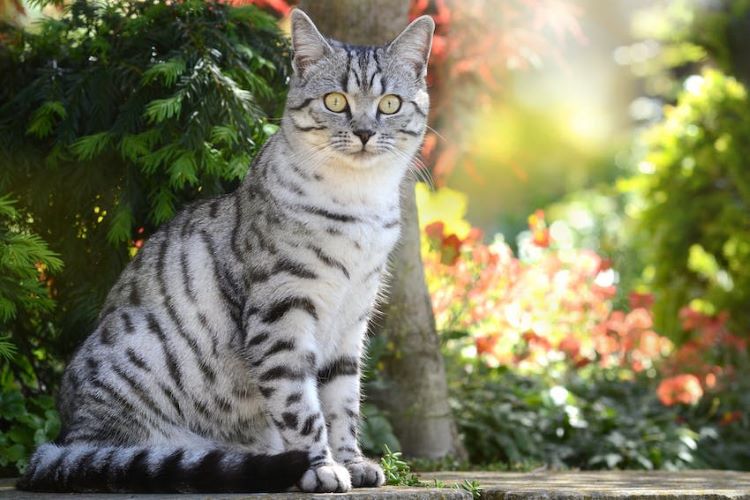
The Domestic Shorthair is one of the most common and popular cats in the world. But while the term is often used in reference to breed, it’s actually an inclusive name used for a wide variety of mixed-breed kitties with short fur lengths. There’s a good chance you’re already seen plenty of these felines in your life, as they’re recognizable with short, even coats all over their bodies.
In addition to the Domestic Shorthair, examples of short-haired cats include the Cornish Rex, the British shorthair, and the Siamese cat.
Grooming a short-haired cat is usually fairly simple. Brush weekly with a soft-bristle brush or grooming glove to help remove loose fur and reduce shedding. Regular brushing keeps their coat sleek and distributes natural oils, promoting your furry friend's health overall.
4. Hairless
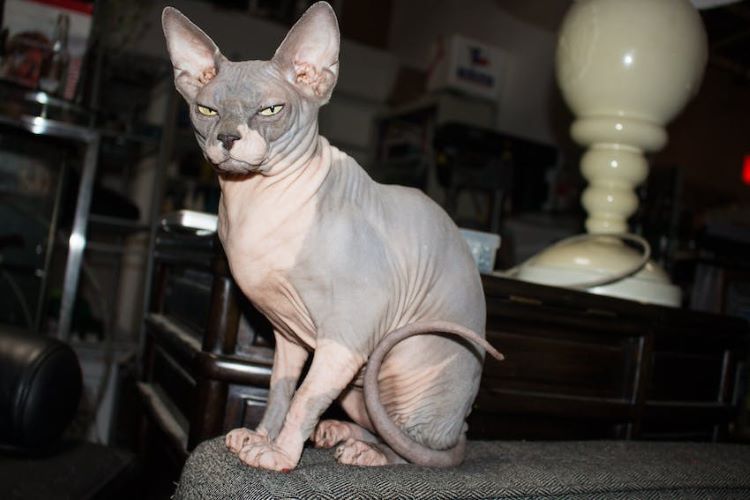
Contrary to popular belief, hairless cat breeds are not actually bald all over. Instead, they are covered with a very fine, fuzz-like fur coat. These kitties can have a wrinkled skin appearance, especially as they age. Examples of hairless cats include the Bambino, the Donskoy, and the Sphynx cat.
Now, even though they don't have the fur of other felines, Sphynx cats still need special coat care. You won't need a comb, but you will need to be mindful of their skin condition. During dry, cold months, for instance, you may need to apply cat-safe lotion. Hairless cats also tend to get cold easily due to their lack of fur, so be sure to have plenty of cozy places around the home where they can warm up.
Which kind of cat hair is best for you?
Different types of cat hair lengths come with different lifestyle needs and considerations. They're all cute, of course, so it can be tough to decide which kind of pet you prefer. Walk yourself through the questions below to decide which kind may be best suited to you.
1. Be honest about your cleaning habits
Do you vacuum every week or are willing to do it more regularly? All cats shed, but it’ll likely be more noticeable around those with longer hair. So, it’s important to be honest about your cleaning habits and capabilities. If you don’t like the sight of long cat fur stuck to clothes and furniture, and you don’t like the idea of cleaning it up frequently, a kitty with shorter hair may be the better choice.
2. Know how much maintenance you’re willing to do
It’s not just about cleaning your house. Cats are self-grooming, but all types of fur coats need extra help at times, some more so than others. Long-haired cats require routine brushing to help prevent fur matting and other issues. Hairless cats meanwhile have high skincare needs due to their increased risk of conditions like sunburn and acne. They also need regular ear cleaning to prevent buildup.
Not sure if you’re able to handle cat grooming maintenance? Consult with your local veterinarian!
3. Consider allergies
While cat hair can be a trigger, it’s really the dander and skin oil proteins that most people with cat allergies have reactions to. These are present in all cats, but there are both long-haired and short-haired breeds that don’t shed as much as other felines or produce high levels of allergens.
That said, if you or anyone in your household has cat allergies, it’s something worth taking into consideration. Even mild reactions can become aggravating with constant exposure, so be sure to look specifically at hypoallergenic cat breeds (low levels of dander) rather than just at fur types.
4. Think about the cat’s health needs
Different cat hair lengths come with their own unique healthcare needs. For example, hairless breeds and shorter-haired cats with sparse fur are at higher risk for sunburn and other skin issues, while longer-haired cats may be more predisposed to hairballs and fur-related conditions. Your pet’s veterinarian will want to know upfront what kind of cat breed and hair length they have in order to provide the best treatment.
5. Remember that fur length is just a starting point
Deciding if you prefer a long hair vs. short hair cat is helpful, but it isn’t everything. Cats are quirky pets whose personalities can surprise you. For example, sphynx cats are known for their hairless appearance, but they also rank among the friendliest cat breeds.
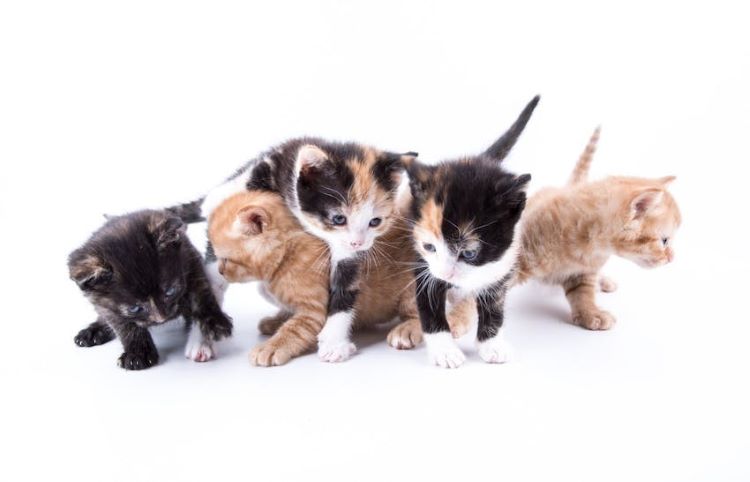
How to tell how long a kitten’s fur will grow
When cats are young, it’s not always obvious how long their hair will get. This is especially true when it comes to kittens in animal shelters and rescue centers who came from unknown origins. That’s because nearly all cat breeds start with short hair as kittens that gradually grows longer and more robust with as they mature.
Nevertheless, there are some subtle clues you can watch for that indicate how long your kitten’s fur will grow:
- Hair sticking out between the toes — Long-haired kittens typically have tufts of hair growing out around their paw pads.
- Tail fluffiness — Short-haired kittens have smoother, sleeker tails, while medium and long-haired kittens tend to have fuller, fluffier-looking tails.
- Ear tufts — Kittens destined to have longer fur will generally have tufts of fur sticking out from the fronts of their ears, while short-haired cats have little to none.
All cats need proper care
No matter what kind of fur your kitty has, they need to be well-cared for throughout their lifetime. This includes brushing and occasional baths as needed, a clean home, healthy diet, and plenty of quality time with their human.
Being a responsible cat parent also means getting your pet quality veterinary care. Learn more about how cat insurance can help.
